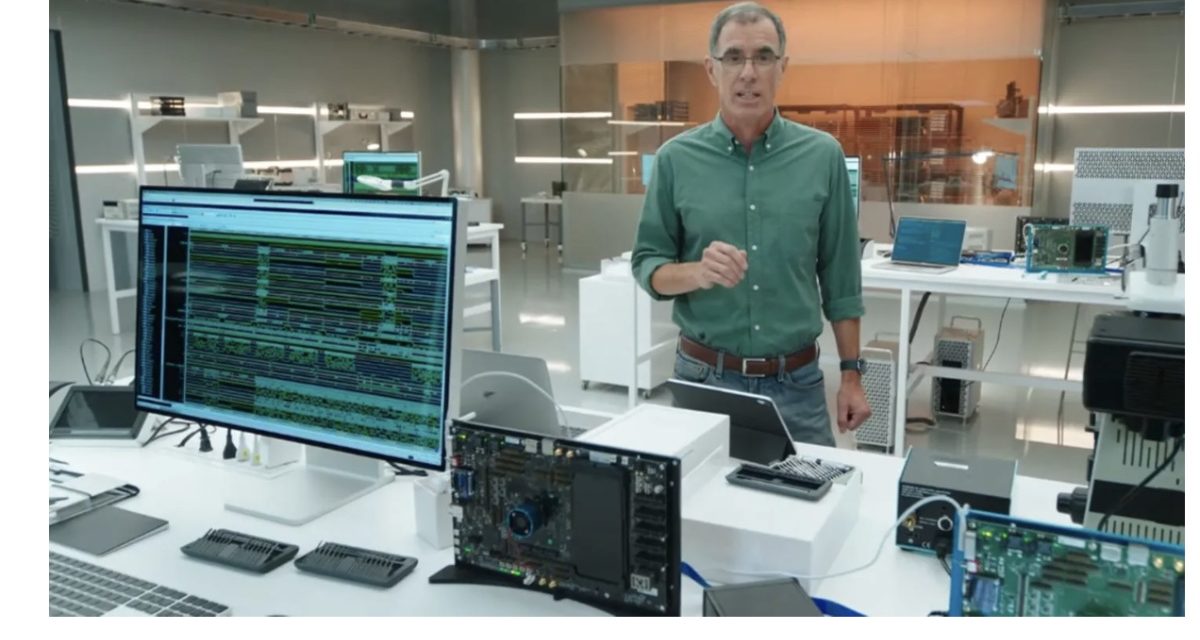Apple has named a new leader, Tim Millet, Apple’s vice president of platform architecture, for its secret group working on a noninvasive blood sugar monitor, “putting a veteran iPhone and Mac chip exec in charge of one of the company’s most ambitious forays into health technology,” reports Bloomberg.
The goal of this endeavor – dubbed E5 – is to measure how much glucose is in someone’s body without needing to prick the skin for blood. This is a feature that’s been rumored for the Apple Watch for years.
In 2017, CNBC reported that Apple has had a small team of biomedical engineers working on a secret initiative to develop non-invasive glucose sensors in what it hopes would be a game-changer for diabetes treatment, The effort — apparently under way for at least five years, and envisioned originally by co-founder Steve Jobs — hopes to be the first to track blood sugar levels accurately without piercing the skin.
Millet has taken charge of the project after it was left without a dedicated head for several months, the article adds, quoting unnamed “people with knowledge of the change.” The team leading the work, called the Exploratory Design Group, or XDG, was previously led by scientist Bill Athas, who died in late 2022.
Millet has been with Apple for almost 19 years. In addition to his current role as vice president of platform architecture, he has also served as a senior director of platform architecture and “Distinguished Engineer, Scientists, and Technologist.”
The XDG team sits within Apple’s Hardware Technologies group, led by Senior Vice President Johny Srouji, and works at a building known as Tantau 9 right outside of the Apple Park spaceship-shaped rings, according to Gurman.
The XDG operates as a startup within Apple and is made up of only a few hundred people, mostly engineers and academic types. Beyond the glucose work, XDG is working on next-generation display technology, artificial intelligence and features for AR/VR headsets that help people with eye diseases. The team originally came together under Athas to work on low-power processor technologies and next-generation batteries for smartphones, efforts that continue.
Article provided with permission from AppleWorld.Today



